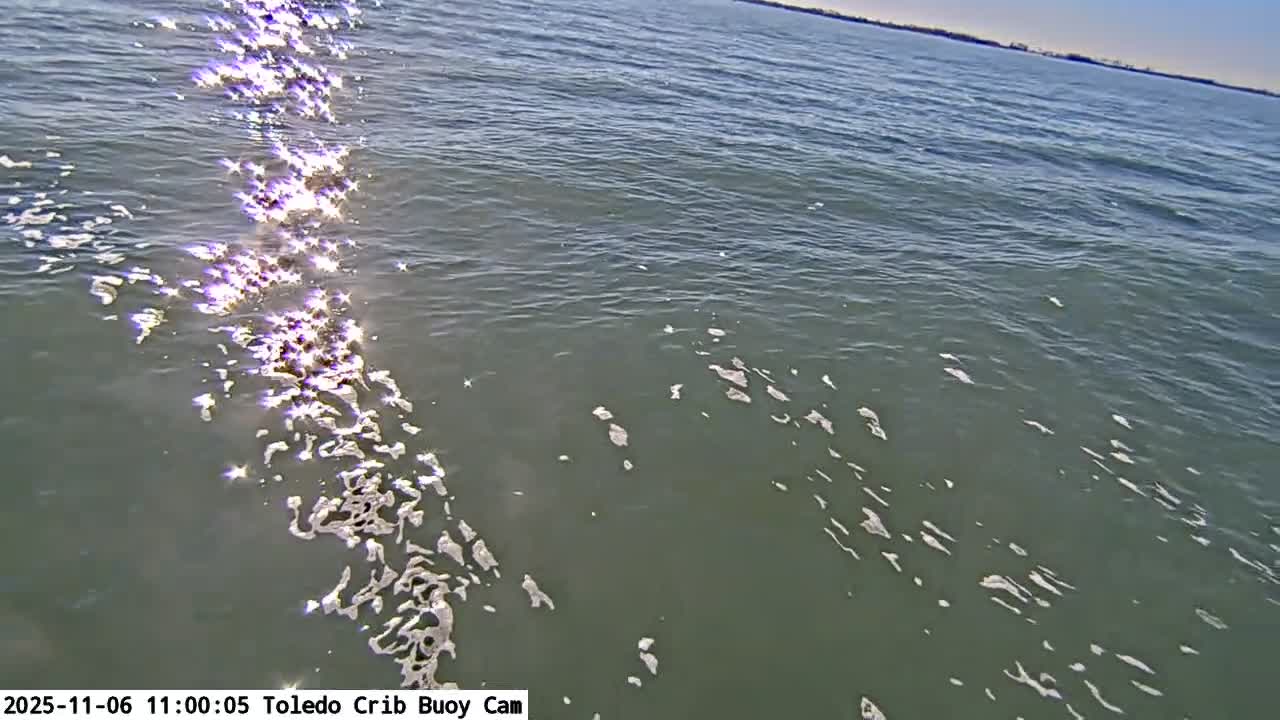I am from Toledo, OH, and as you may have heard last year, we have issues with our water source, Lake Erie, which is one of the five Great Lakes. The issue stems from an algal bloom on the lake that releases a toxin called microcystin when it's cells are ruptured. A large bloom last August shut down our local water supply for a three day span until the bloom subsided.
An article (link) in our local newspaper is what is prompting this discussion. In this article, it talks about how our water intake crib in Lake Erie used to have residents that lived there. That is no longer the case. The only means of securing the crib are some big padlocks and a security camera on shore that views the crib. It also mentions early in the article that the crib is located 3 miles off the shoreline.
TLDNR;
Do you know of a camera that could see a subject 3 miles offshore in all weather and lighting conditions?






